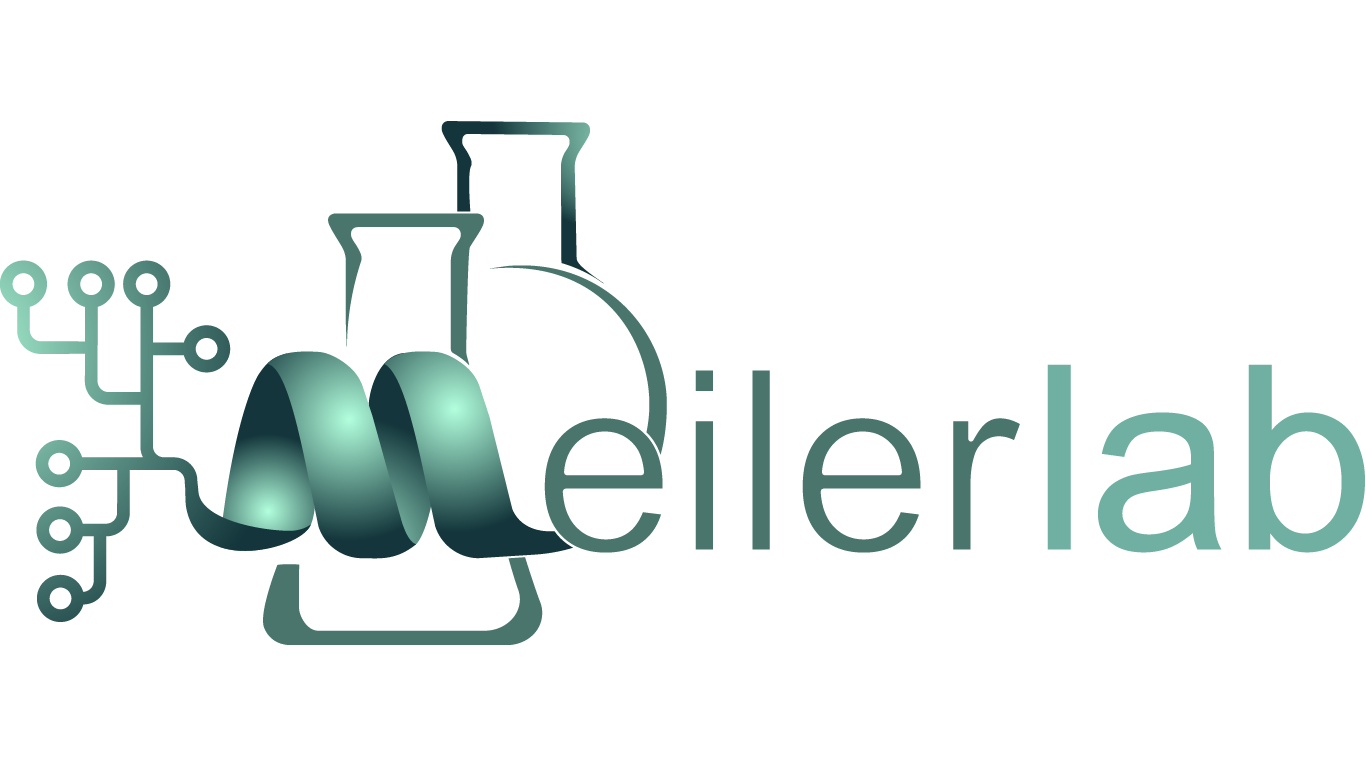Acute kidney injury (AKI) is defined as an abrupt decrease in renal function. The reported incidence of AKI varies from 5% in all hospitalized patients to 30% to 50% in intensive care units[1]. Incomplete recovery from AKI leads to chronic kidney disease (CKD). As most interventional trials in AKI have failed in humans, novel therapeutic approaches are needed to prevent or treat AKI. The proximate cause of the injury appears to be multifactorial, however a role of coagulation proteases in kidney disease beyond their function in normal hemostasis and thrombosis has long been suspected and reports suggest a contribution of protease activated receptor (PAR) signaling in kidney disease[2][3][4][5][6][7].
As a GPCR, PAR4 appears to be an attractive therapeutic target. However, current PAR4 antagonists are limited by poor bioavailability and insufficient potency against mouse PAR4 to be used as a tool in rodent models of kidney disease. To overcome past limitations, our lab has pursued an approach driven by in silico ultra-large library screening of a compound library available for make-on-demand parallel synthesis from a commercial source. In addition to virtual screening stages, we also use computational methods during medicinal chemistry optimization of these resulting chemotypes to obtain potent, specific, and bioavailable PAR4 antagonists for both inhibition of mouse PAR4 as an experimental tool and for inhibition of human PAR4 as a candidate for clinical development.
This work is done with collaborators across Vanderbilt, specifically Drs. Heidi Hamm (Pharmacology) and Craig Lindsley (Chemistry).
References:
[1]
Devarajan, P. Emerging urinary biomarkers in the diagnosis of acute kidney injury. Expert Opin Med Diagn 2, 387-398, doi:10.1517/17530059.2.4.387 (2008).
[2]
Madhusudhan, T., Kerlin, B. A. & Isermann, B. The emerging role of coagulation proteases in kidney disease. Nat Rev Nephrol 12, 94-109, doi:10.1038/nrneph.2015.177 (2016).
[3]
Saifi, M. A., Annaldas, S. & Godugu, C. A direct thrombin inhibitor, dabigatran etexilate protects from renal fibrosis by inhibiting protease activated receptor-1. Eur J Pharmacol 893, 173838, doi:10.1016/j.ejphar.2020.173838 (2021).
[4]
Sharma, R. et al. Thrombin-Induced Podocyte Injury Is Protease-Activated Receptor Dependent. J Am Soc Nephrol 28, 2618-2630, doi:10.1681/ASN.2016070789 (2017).
[5]
Yiu, W. H. et al. Tissue kallikrein mediates pro-inflammatory pathways and activation of protease-activated receptor-4 in proximal tubular epithelial cells. PLoS One 9, e88894, doi:10.1371/journal.pone.0088894 (2014).
[6]
Lok, S. W. Y. et al. The PAR-1 antagonist vorapaxar ameliorates kidney injury and tubulointerstitial fibrosis. Clin Sci (Lond) 134, 2873-2891, doi:10.1042/CS20200923 (2020).
[7]
Waasdorp, M., de Rooij, D. M., Florquin, S., Duitman, J. & Spek, C. A. Protease-activated receptor-1 contributes to renal injury and interstitial fibrosis during chronic obstructive nephropathy. J Cell Mol Med 23, 1268-1279, doi:10.1111/jcmm.14028 (2019).
